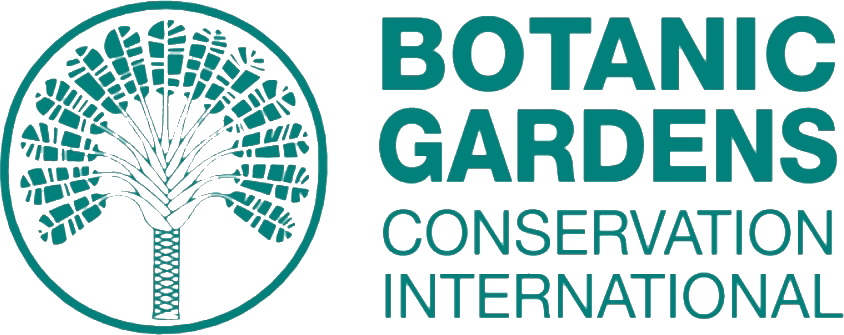
The Morton Arboretum
4100 Illinois Route 53
Lisle, IL 60532
What unique situations and initiatives have you undertaken or do you plan to undertake to address climate change?
The Morton Arboretum has just resolved in its new Strategic Plan 2020 focused pursuits related to climate change and sustainability. Several dimensions and initiatives are under consideration and will be resolved in the near future. We do know that climate adaptation will be a key focus. Climate adaptation as related to the planting of a broad diversity of trees suited to future–but uncertain–growing conditions. Climate adaptation through assessment, protection, relocation, and new accessions to the Arboretum’s woody plant collections. Climate adaptation as applied to natural forest and natural ecosystems that will likely involve assisted migration and active management for anticipated future conditions.
What are the most pressing problems or opportunities in your community that can be leveraged to address climate change?
The Chicago region’s urban forest has declined in recent years and total canopy cover lags the national average. Tree canopy foliage delivers many of the environmental and societal benefits that trees provide and increasing the tree canopy would help blunt the impacts of climate change for the region. Environmental equity is another issue for the region, with wealthier communities realizing the benefits of a healthier and more extensive tree canopy than poorer communities. Climate change is a key threat to long-lived and immobile trees and the relatively low diversity of Chicago’s urban forest make it susceptible to a rapid change in growing conditions. The Morton Arboretum is leading a coalition of aligned agencies and organizations united to advance tree planting and protection, tree diversification, professional and grass-roots training and capacities, and equitable distribution of the urban forest.
What unique features of your garden can be leveraged to address climate change?
The large scale of The Morton Arboretum — in acreage, programs and staff, and audience reach — provides opportunities related to addressing climate change. We will be examining total carbon impacts of the 1,700-acre site and operations of the organization to determine net carbon storage or release. The large site also provides opportunities to install and study solar and wind power generation arrays. The Arboretum’s substantial science, conservation, and education programs and professionals are focused on climate adaptation and sustainability as two key pursuits in Morton’s Strategic Plan. The large Chicago metro area population (10 million) and significant Arboretum annual visitation (1.2 million) also provide opportunities to influence a very large audience in an engaging and meaningful way.
What unique restraining forces do your institution or community face that prevent you from addressing climate change effectively? How can you steer this meeting of forces away from compromise and toward reconciliation and harmony?
There has been a very positive level of support and agreement around The Morton Arboretum’s strategic commitment to sustainability and climate-related pursuits, but we expect that there will be restraining forces that will emerge as ideas, plans, and proposals evolve. We will take inspiration from others who have reconciled and harmonized approaches to realize greater solutions and potential.





